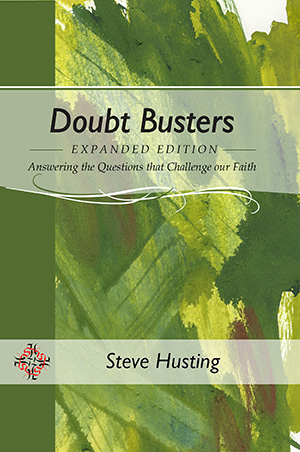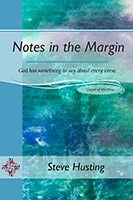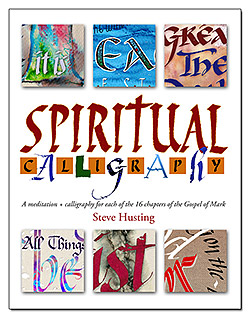Jesus disrupted the Jews’ lucrative commerce system in the outer court of the temple, which had been disturbing the worship of the godly non-Jews there (John 2:15-16). For this action, the Jews asked for a sign, for verification from God for His authority to do what He did (John 2:18). Jesus’ response was, “Destroy this temple, and in three days I will raise it up” (John 2:19). John helpfully clarifies: “But He was speaking of the temple of His body” (John 2:21). Jesus and His union with the Father through the Spirit was the sign.
Jesus’ body was the flesh-and-bone version of the temple or tabernacle. That body, in which dwelt all the fullness of the godhead bodily (Colossians 2:9), will be nailed to the cross, will be buried, and it will rise again. The brick-and-mortar temple was being raised up over the period of 46 years (John 2:20); God raised up Christ, a more magnificent temple, in three days. As the splendor of the flowers was greater than Solomon’s glory, so Jesus is of greater glory than the splendor of the temple built with hands. The temple had no particular authority about it; Christ’s bodily resurrection resulted in having full authority over heaven and earth. After His resurrection from the dead, His disciples connected the dots with Scripture and believed (John 2:22).
God has zeal for His house still (John 2:17). He desires that we be people who are more concerned with communion with Him than commercialism with the world. He still chastens His children as a heavenly Father that they not be lumped in with those who love the world more than the kingdom of God. His word still rings out, “Take these things away!” (John 2:16). Remove the idols that God may move in. Our bodies are the temple of God; therefore it’s urgent that we daily surrender it to Him in holiness (Romans 12:1-2).
The Jerusalem temple with its services were no longer required, for a greater than the temple had come. The Levitical priesthood was put aside in favor of the great high priest of the eternal order of Melchizedek (Psalm 110:4), who was appointed from above. The sacrifices were rendered useless, for the Lamb of God had offered Himself once for all as the substitute sacrifice and sat down at the right hand of God. God had no more use for the temple. The temple’s physical destruction in A.D. 70 metaphorically mirrored the spiritual passing of the temple institutions of priesthood and sacrifices. The temple was but a shadow cast by the real thing. It could not impart life. Jesus is the real thing. By believing that He is the Son of God, He will impart life in His name.




